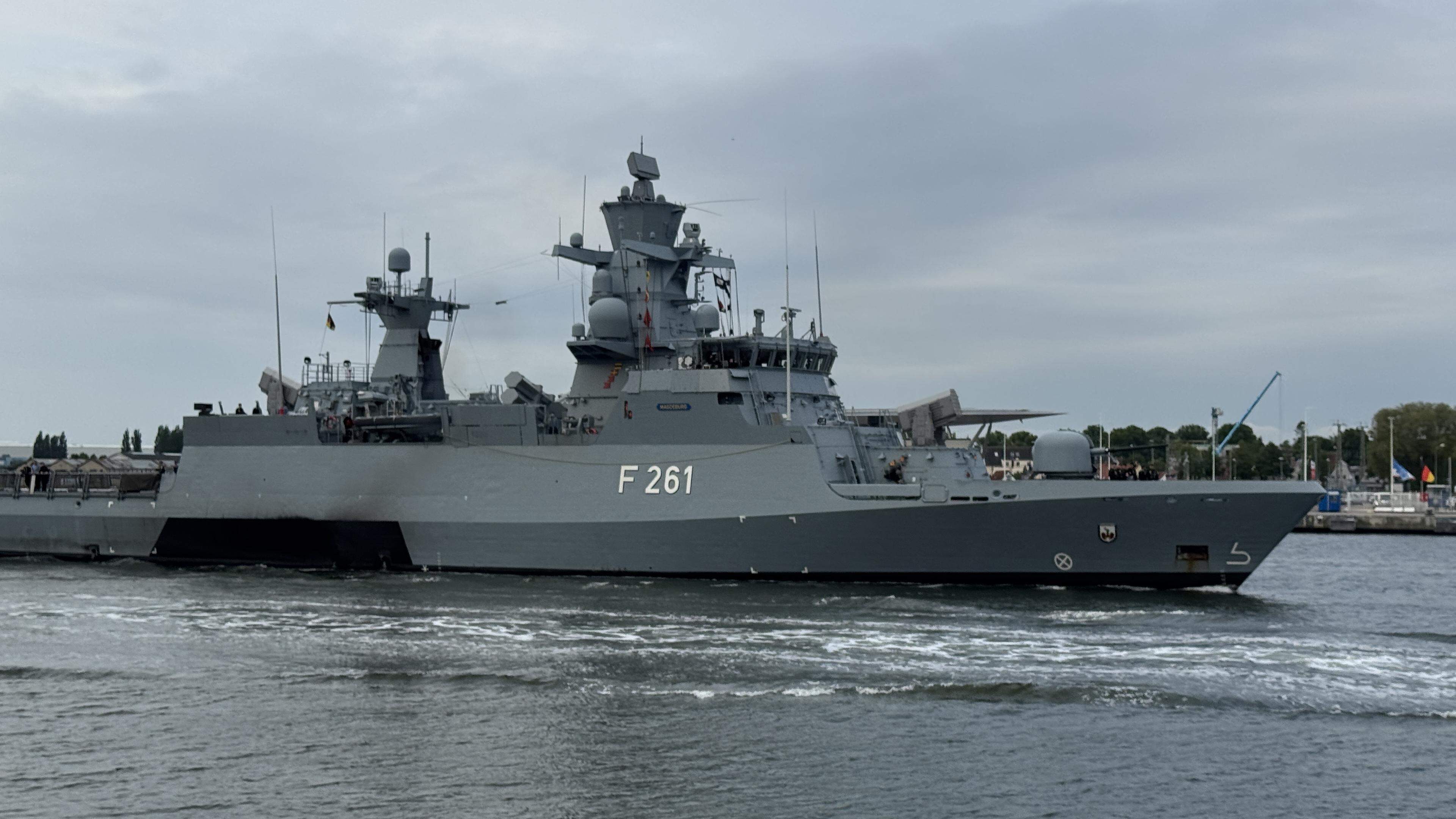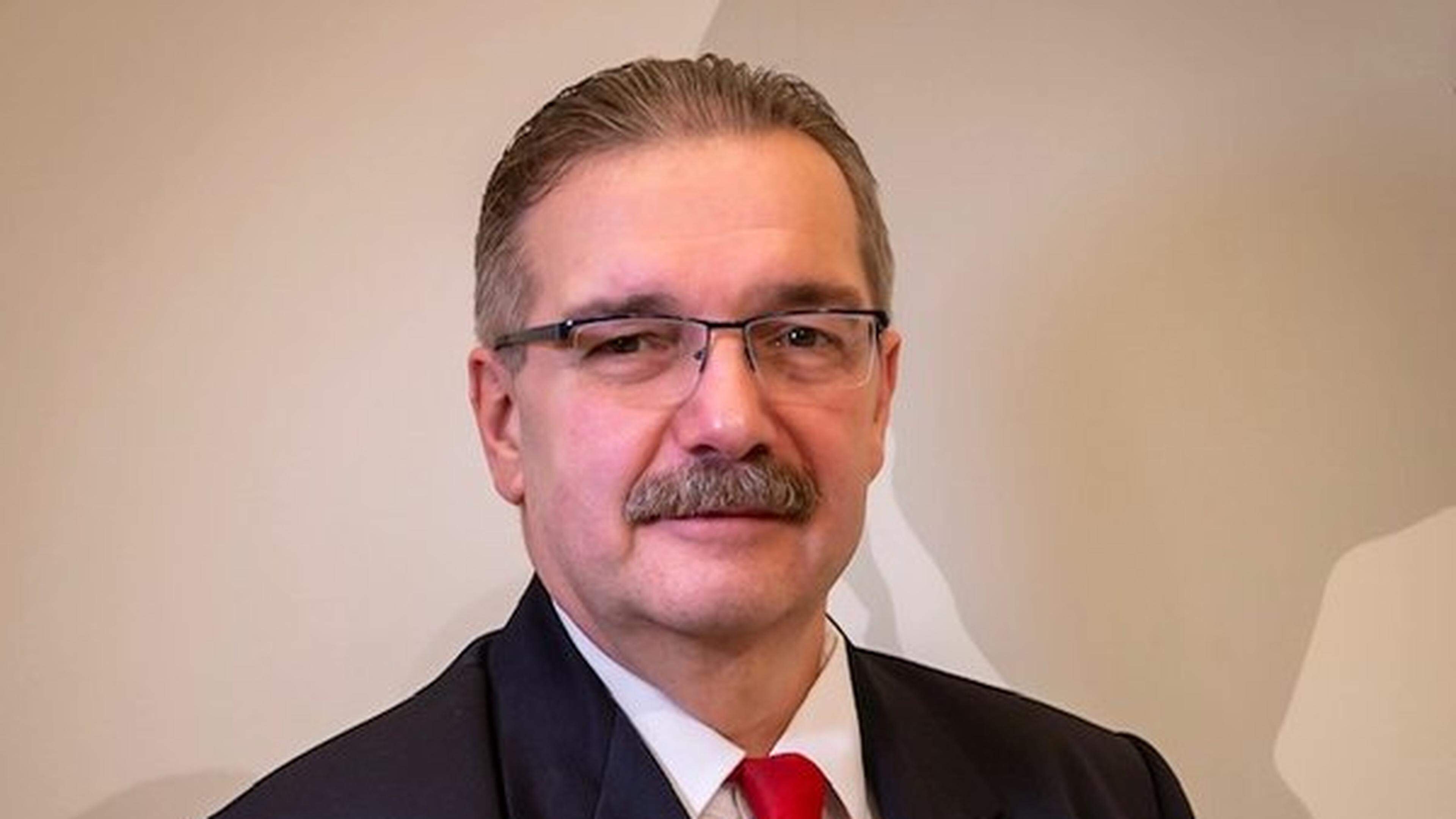NATO has been deciding on the largest upgrade program for decades

NATO In view of the threat of Russia, the largest upgrade program has decided since the time of the Cold War. It provides to expand the skills for deterrent and defense extremely in the coming years. The top priority have capacities such as far -reaching weapon systems, air defense and mobile land forces.
The decision for the program was made at a meeting of the Defense Minister of the Alliance States in Brussels, as the German Press Agency learned from diplomats. NATO Secretary General Mark Rutte had already described it as « historical » in the morning.
In detail, the upgrade program consists of new targets for military skills. With them, the individual Allies are given exactly what they have to contribute to the detriment and defense in the future. The necessary skills were determined on the basis of new defense plans. These also take into account the assessment of secret services that, despite the current war war against Ukraine, Russia could be ready for a war against a NATO state in a few years.
Luc Frieden: « Stand together or fall individually »
Strictly secret goals
The concrete new planning goals are classified as strictly secret to make NATO the most unpredictable opponent as possible. According to information from the German Press Agency, however, the previously valid requirements for military skills have increased by around 30 percent.
The new goals are a particularly major challenge because the ones who have been valid so far have not yet been achieved. Ranghohe military recently spoke of a gap of 30 percent.
Is Luxembourg ready to issue three billion for defense annually?
Investments in billions of bills are approaching allies
The planned new requirement for defense spending is also derived from the current deficits and the new planning goals. At the end of the month, all NATO members should commit themselves to investing at least one amount of 3.5 percent of the national gross domestic product (GDP) in defense at the end of the month. In addition, another 1.5 percent of GDP for defense -relevant expenses – for example for infrastructure – could come, so that in the end that of US President Donald Trump required quota of five percent.







